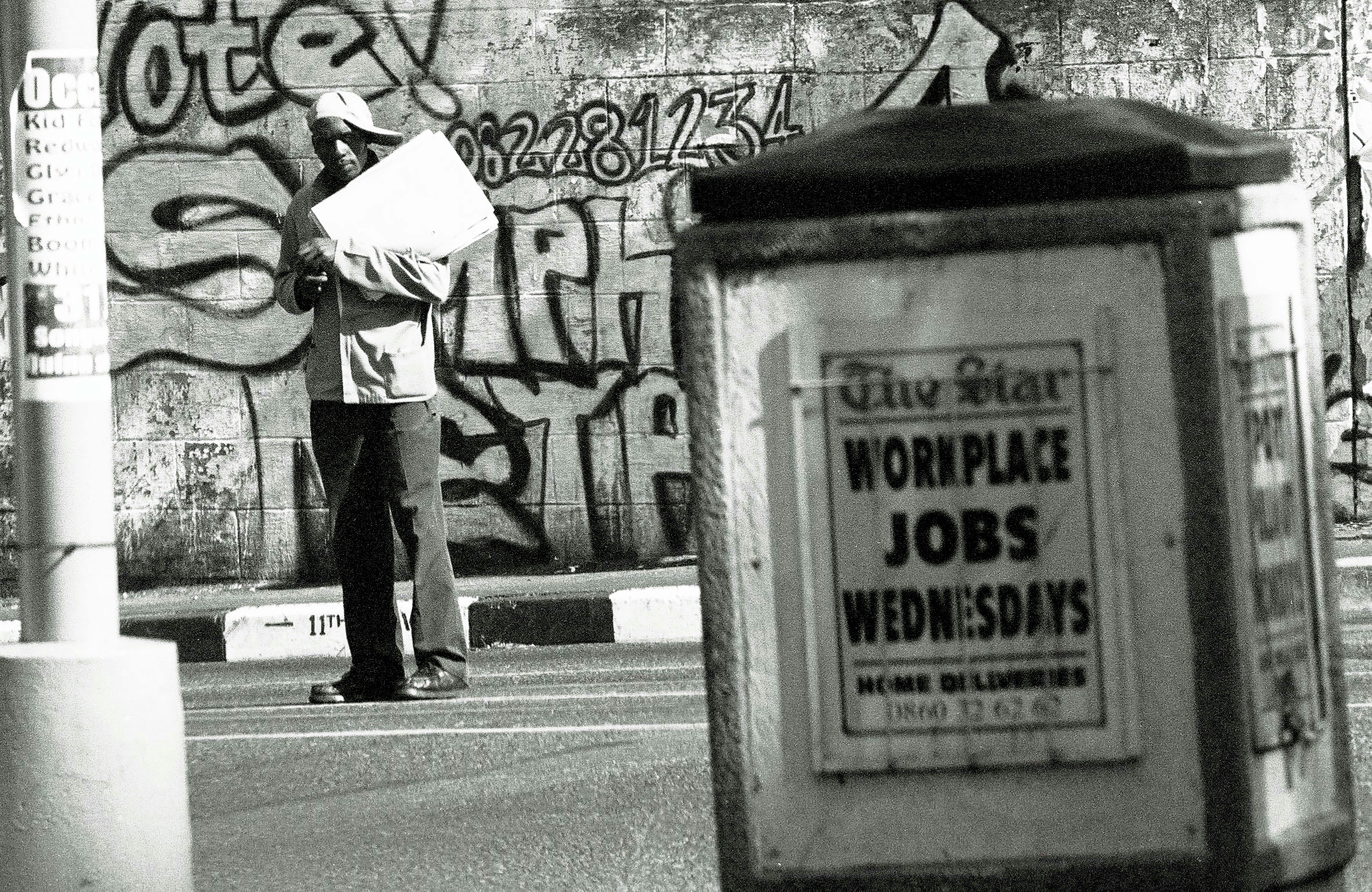
The indicators and symbols that designate our beliefs and affiliations are slippery. Whereas the Christian cross, the Islamic star and crescent, the Jewish Star of David, and their copyrighted, vigorously litigated company equivalents — swooshes, apples and targets — could show resilient, a dizzying mixture of acquainted and newly minted graphic units now compete for our dwindling consideration.
Nowadays there is no such thing as a motion with out messaging. Even anarchy has a model id, its scratchy circled A emblem has migrated out of your nook lamppost to a pair of Converse Chuck Taylor Anarchy-edition All-Stars. From the pink hats of the Girls’s March to the pink hats of the Capitol raid, rainbows to skinny blue traces, salute emojis to watermelon emojis, we’re navigating a thicket of improvised graphic units.
Then there may be the case of the peace signal. Initially devised within the late 1950s by the activist and designer Gerald Holtom as an emblem for the British antinuclear proliferation motion, the ever-present divided circle mark — derived by overlapping the flag-semaphore indicators for the letters N and D to face for Nuclear Disarmament — itself rapidly proliferated as an open-source emblem for world antiwar and counterculture actions.
From its inception Mr. Holtom insisted that his mark stay endlessly within the public area. However with out the protections of centuries-old institutional traditions or menacing cease-and-desist letters, symbols are weak to appropriation. Since nobody owns the peace signal, it may be leveraged for no matter by whomever. (Taking a look at you, Craigslist.) Even by the early 1970s, the as soon as extremely charged peace image was devolving into an anodyne life-style and vogue motif akin to a smiley face.




